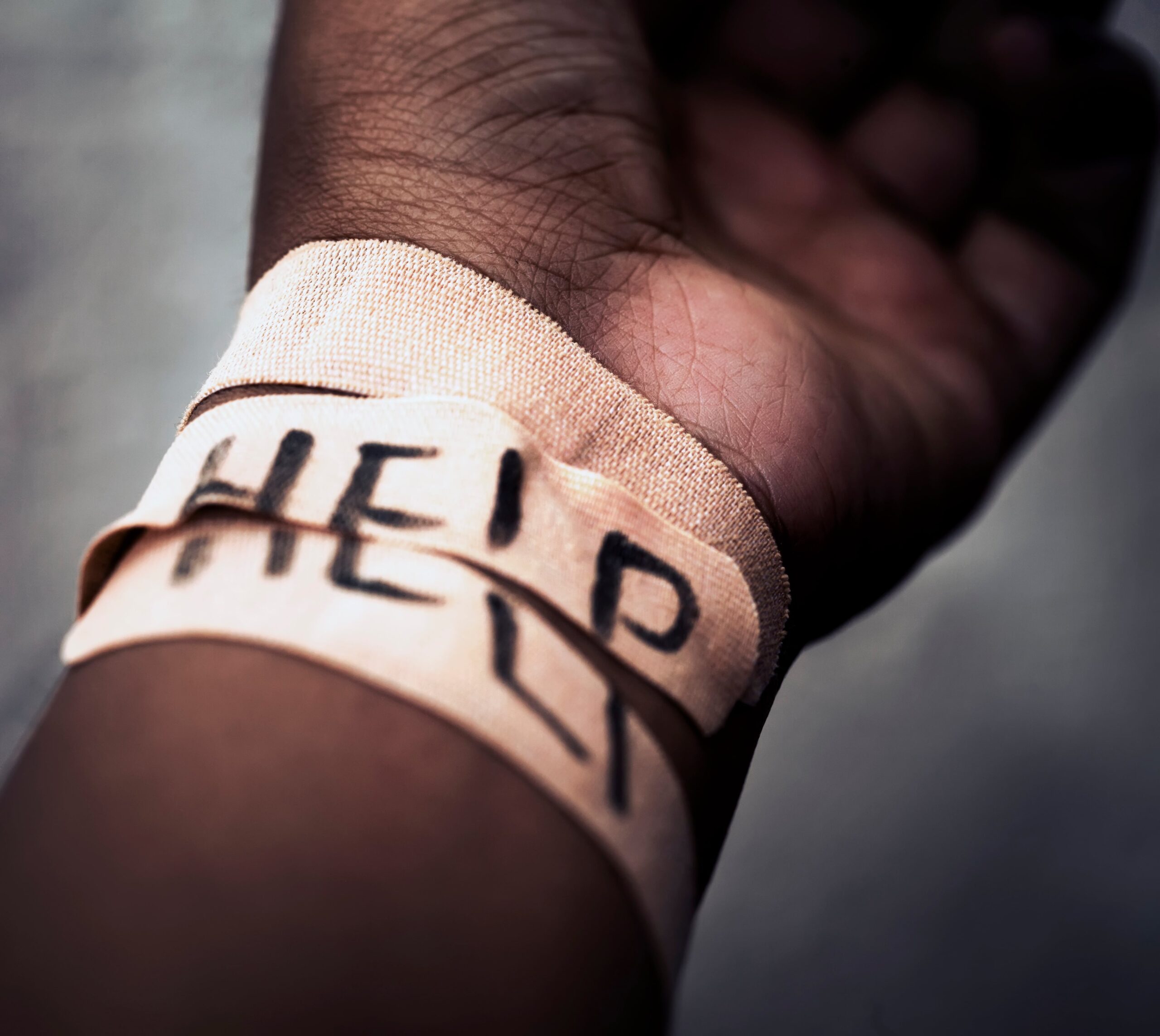People often wonder why some individuals cut themselves. According to the U.S. Centers for Disease Control and Prevention (CDC), cutting and other types of self-injury are responsible for about 187,000 emergency room visits every year. What could possibly cause so many people to intentionally hurt themselves, often to the point of needing medical attention?
What is Cutting in Terms of Self-Injury?
Before we address the question, Why do people cut themselves?, we need to first establish what cutting is (and what it’s not). People who engage in cutting will stab, scratch, or cut their skin with knives, pieces of glass, razor blades, or other sharp objects. Many people cut themselves in their upper thighs, abdomen, or upper arms, where they can more easily hide the evidence of what they have been doing.
If a person has been cutting their lower arms or legs, they may always wear long sleeves and long pants, even when the weather is extremely warm, to prevent others from seeing their cuts or scars.
Cutting is a form of self-harm, a term that can be applied to a variety of behaviors that involve the intentional infliction of pain or damage on one’s own body. Self-harm is sometimes referred to as self-injury, nonsuicidal self-injury (NSSI), and self-mutilation.
Other Types of Self-Harm
- Pull out their hair
- Burn their skin
- Insert needles or other objects beneath their skin
- Punch themselves
- Hit their head, arms, or other body parts against walls or other hard objects
- Exercise past the point of exhaustion
- Deny themselves food
- Drink poisonous liquids
Though cutting and the other forms of self-harm listed above can be extremely dangerous, it is important to understand that these are not suicidal actions. Sadly, some people who engage in self-harm accidentally die as a result of their behaviors – and in other cases, self-harm can be a precursor to suicidal actions – but there is a distinct difference between cutting oneself and attempting to end one’s own life.
But if cutting isn’t a suicidal behavior, what is it? In other works, why do people cut themselves? We’ll answer that question in the next section.
Why Do People Cut Themselves?
Cutting and other types of self-harm can be symptoms of certain mental health disorders. But not everyone who cuts themselves has a mental illness. So, why do people cut themselves? Here are a few reasons:
- Some people cut themselves as a form of punishment for a failure or perceived flaw. Maybe they didn’t do well on a test at school, they got in trouble with their parents, or they feel like they haven’t been working hard enough.
- Some people cut themselves as a way to either relieve or give physical presence to emotional pain. This could be related to depression, anxiety, or another mental health concern. It can also be a response to a traumatic event such as the death of a loved one, the loss of a relationship, or another source of psychological distress.
- Some people cut themselves because they feel like they have no control over their lives. They use cutting or other forms of self-harm as a way to exert a modicum of control.
- Some people cut themselves because they have become emotionally numb or empty, and they want to feel something – even if what they feel is pain.
As you can see, there is no single answer to the question, Why do people cut themselves?
The motivation to intentionally harm oneself can vary from person to person. Discovering the underlying cause of a person’s urge to engage in self-harm can be an important part of treatment to end this dangerous behavior.
Treatment Options for Self-Harm in Atlanta, GA
Treatment for cutting and other types of self-harm may involve therapy and medication. This treatment can occur at the residential treatment level as well as in a partial hospitalization program (PHP) or an intensive outpatient program in Atlanta (IOP).
Some people who need professional help for self-harm start in a residential program, then step down to a PHP or IOP for additional support as they prepare to transition out of treatment. Others may exit treatment after completing a residential program or enter treatment directly at the PHP or IOP level. What is most important is finding the types and level or levels of care that best match each person’s specific needs.
Therapy for Those Who Cut Themselves
The therapeutic component of treatment for self-harm can help people understand what caused them to first try to hurt themselves. Once a person has identified the events, circumstances, or situations that can prompt them to engage in this behavior, they can begin to develop strategies for responding in a healthier manner, without cutting themselves.
If the urge to cut or engage in other types of self-injury is related to a mental health disorder, then the person’s treatment must of course address this concern.
For mental illnesses such as anxiety, bipolar disorder, depression, and posttraumatic stress disorder, certain prescription medications may be beneficial. If a medication can ease the distress that a person has been experiencing due to a mental health disorder, this may alleviate their compulsion to cut or otherwise harm themselves.
Begin Treatment for Self-Harm in Atlanta, GA
If you have been cutting yourself or performing other acts of self-harm, please know that help is available and treatment works. At Peachtree Wellness Solutions in Atlanta, Georgia, you can receive personalized care and comprehensive support at the residential, PHP, and IOP levels. With our help, you can regain control of your behaviors and start living a healthier and more hopeful life. Give us a call or visit our admissions page today to learn more.






